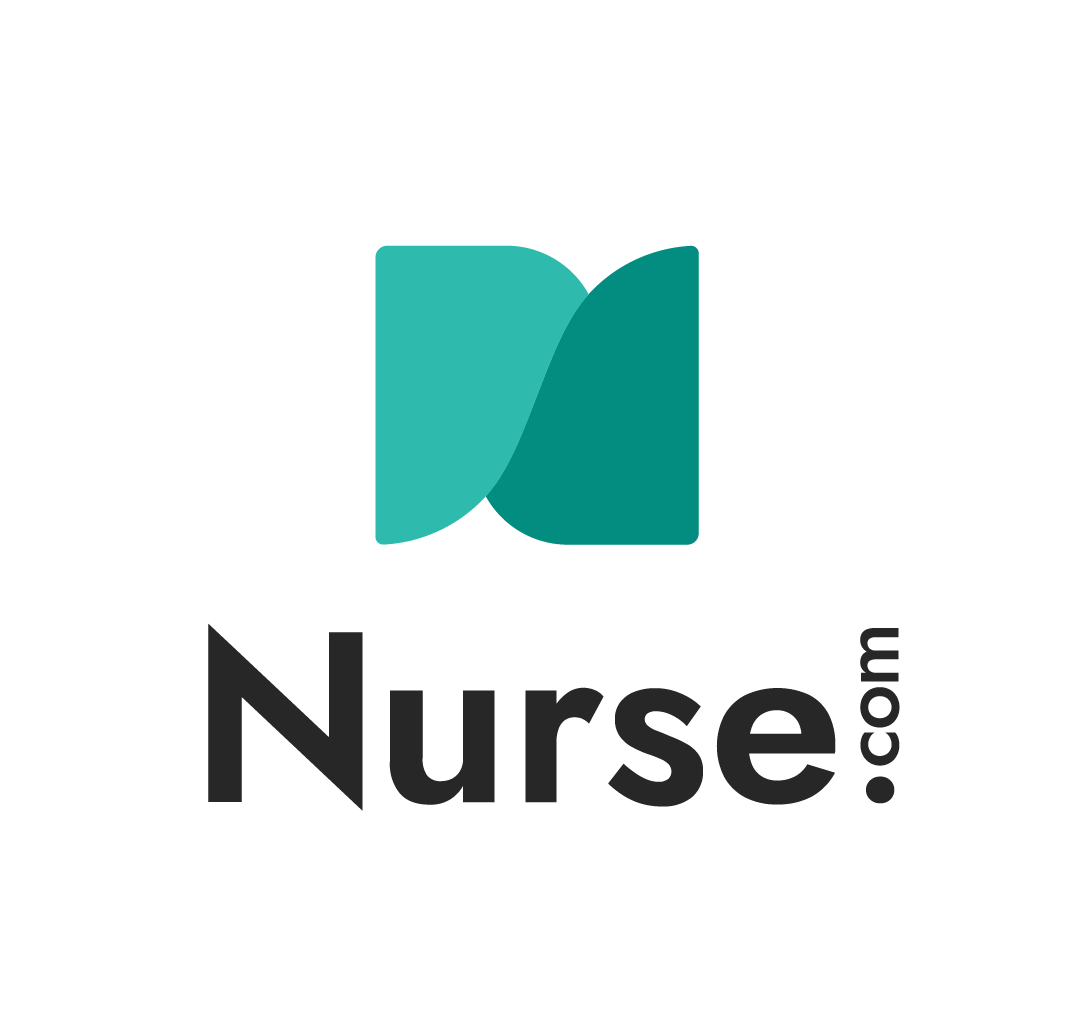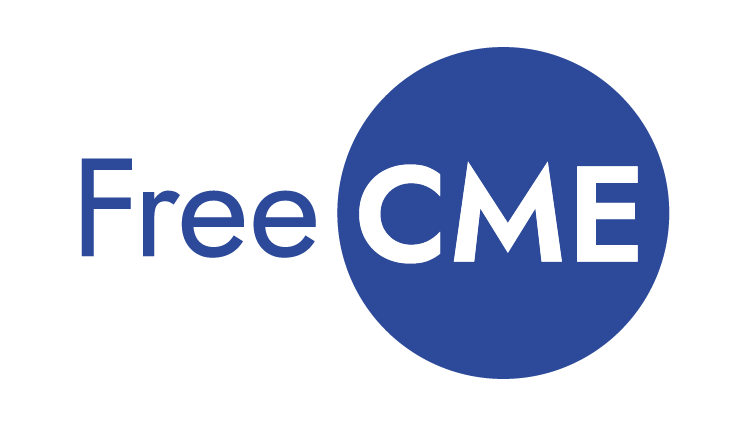Overview
Explore the shifts that have shaped healthcare in recent years in our 2023 State of Healthcare Training and Staff Development Report. Find out what is top of mind for leaders and individual professionals and what has changed in the healthcare education and workforce environment over the two years since our 2021 report.
This year’s survey gathered insights from 3,908 respondents, including leaders, learning and development (L&D) staff, and individual contributors.
Our five key findings indicate changes in direction — both positive and negative — that healthcare and human services professionals are navigating. Our takeaways offer strategies for driving further improvements via education and related workforce solutions.
Key Findings
The 2023 survey data yielded five major findings. Explore each one to see what’s trending. Then you can springboard off our analysis to assess how your program stacks up and plan your learning and development strategies accordingly.
Questions about the report
Read below for answers to frequently asked questions about the State of Healthcare Training and Staff Development Report.
The State of Healthcare Training and Staff Development Report is designed to update healthcare stakeholders on industry trends and inspire informed strategic planning for the future. It was first published in 2015, with additional editions in 2017, 2020, and 2021. This 2023 report is the latest edition.
This report is a resource for the executives driving organizational performance and the individuals overseeing and delivering training programs in health care.
With the data and analysis in this report, healthcare leaders can:
- Benchmark current practices, investments, and beliefs compared with a national sample.
- Identify ways to improve staff development and training opportunities.
This study was designed to generate insights regarding the current state of training. The report helps leaders and educators better understand training drivers and emerging influences, including perceptions on strengths and weaknesses of existing training programs. Additionally, they learn about perceived value and impact of staff development and training programs, which can help to demonstrate value and align to business objectives.
Armed with this information, they can make data-driven decisions to adjust their training delivery or curriculum and better advocate for their programs.
We had 3,908 healthcare professionals qualify to participate in this survey. Of those, 37.3% were in leadership positions and 62.7% were in individual contributor roles. To learn more about our research methodology, download the full report.






